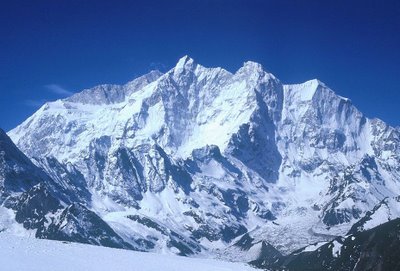
The original phrase Full Moon Party originates from an all-night beach party held at Haad Rin (aka Hat Rin) on Ko Pha Ngan, a tropical Thai island in the Gulf of Thailand. The party takes place every full moon evening.

The party was originally a small affair with a small number of travellers dancing through the night of the full moon, mainly to psychedelic trance music. The Full Moon Party gained fame quickly through word of mouth, and the event now draws a crowd of up to 10,000 every full moon evening. The party carries on until the sun rises the next day. All the bars on the sunset beach of Haad Rin town stay open and play music such as drum and bass, house and reggae. The event has become a part of the itinerary of many travellers to Asia. Entry to the event is completely free. Has also spawned the Half Moon Party and Black Moon Party.

The Full Moon Party is mainly about 2 things: alcohol and dancing. Thai alcohol brands such as Sang Som rum, Mekong whiskey, and Singha beer are most popular amongst revellers. A signature of the Full moon party are the buckets - mixed drinks served in small plastic pails. A flask of liquor (usually Sang Som rum) is poured over ice and topped up with a can of Coke and a bottle of Red Bull syrup. Several straws are then thrown in and partiers are seen dancing away the night with these buckets in hand. The going rate for a bucket is around 200 baht, roughly £3 / $5.50.

In the past there has been some association with illegal drug use. Although the use, possession, and/or sale of drugs is illegal under Thai law, club drugs such as ecstasy, methamphetamine, Yaa Baa, marijuana, opium, and even over the counter diet pills have been reported. As of 2002, the Thai government has pursued a stricter defense against illegal drugs at these events. Use discretion - the going rate (bribe) for a small pot bust is about 50,000 baht - £750 / $1200 and foreigners do go to jail for possession. Drug use at Full Moon Parties has lessened in recent years, in part due to greater fear of being caught but also because the parties now draw attendees from a wider range of backgrounds.

Thank : World Travel
Source : wikipedia
Picture : Joel's Journeys
